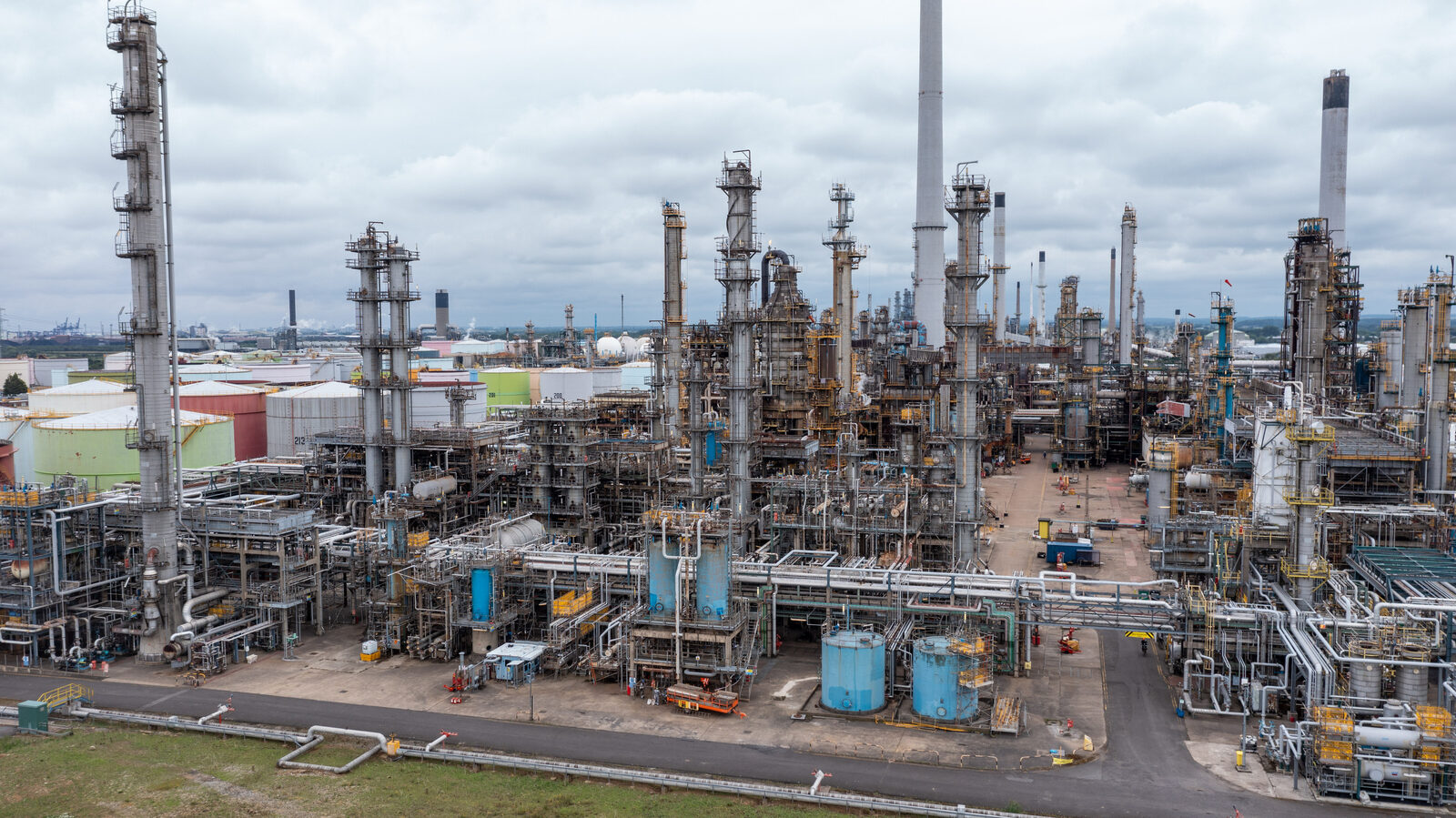Shipwreck casts shadow over fleet of Vale iron-ore carriers
by R.T. Watson
A second vessel contracted to haul iron ore for Brazilian miner Vale SA was delayed for repairs following the loss of a similar ship that mysteriously sank en route to China leaving 22 people presumed dead.
The Stellar Queen departed Vale’s port terminal in northeastern Brazil on May 7 carrying almost 300,000 metric tons of ore, according to the Rio de Janeiro-based company’s website. However, the ship then stayed anchored in a nearby bay for nearly three weeks after the commandant discovered cracking on the main deck and decided to delay the voyage until repairs could be made, the Maranhao state port authority said last week by email. The port authority finally authorized the ship’s departure on May 26.
Korean Register, the agency responsible for regularly surveying the Stellar Queen, said last week the ship underwent a survey and was being repaired in Brazil at the request of the owner. Vale declined to comment on the delays.
A third vessel carrying Vale iron ore, the Stellar Unicorn, was also forced to have repairs after a crack was discovered on the outer hull of a tank in April, its owner said at the time. That vessel was surveyed before moving on to China for discharge, according to Korean Register.
All three vessels are more than 20-year-old dry-bulk carriers owned and operated by Polaris Shipping Co. and all were converted from crude-oil tankers. Seoul-based Polaris didn’t respond to requests for comment.
Very Large
The Stellar Daisy went missing about 1,700 miles (2,700 kilometers) off the coast of Uruguay while carrying 260,000 tons of iron ore, Polaris said in a statement on April 7. All but two members of the crew are presumed dead. Polaris hasn’t officially said what caused the accident.
“Two crew members whom are confirmed to be Philippine nationals have safely been recovered and are being repatriated to their families,” Polaris said in the statement. The survivors told authorities the vessel had broken in two, according to reports in April.
The Stellar ships are so-called Very Large Ore Carriers, or VLOCs, that were converted from crude-oil carriers. Polaris, which calls itself the largest VLOC company, said in April it had initiated an internal inspection of all 18 VLOC vessels in its fleet, and would subject each to an independent inspection.
‘Ripple Effect’
“Polaris Shipping is fully committed to ensuring the safety of its VLOC converted fleet and their crews following the loss of the Stellar Daisy,” the company said on its website.
The press office from Vale, which also uses giant so-called Valemax ships to transport ore, said that investigations into the Stellar Daisy’s sinking are being conducted by the competent authorities.
The conversion of single-hull crude carriers into VLOCs “was an attractive option as it extended the assets’ life by at least 10 years, especially during the mid- to late-2000s, when dry bulk rates were elevated,” according to BI senior analyst Lee Klaskow.
“A number of issues with Polaris Shipping’s fleet could have a ripple effect on dry bulk rates if not swiftly rectified,” Klaskow said in a May 14 note.
Polaris was reportedly planning an initial public offering this year, Klaskow said, but now “any offering will likely be pushed out until the issues facing its fleet are addressed.” The company didn’t respond to a request for comment on IPO plans.
The disappearance of the Stellar Daisy and news reports of inspections on other VLOCs has raised concern about similar ships.
“It’s my opinion that all converted VLOCs, regardless of owner, should not be used until a very thorough examination of all of these vessels in circulation is first completed,” Jeffrey Landsberg, a dry-bulk shipping researcher and consultant for Commodore Research, said last week by email.
{{ commodity.name }}
{{ post.title }}
{{ post.date }}

Comments